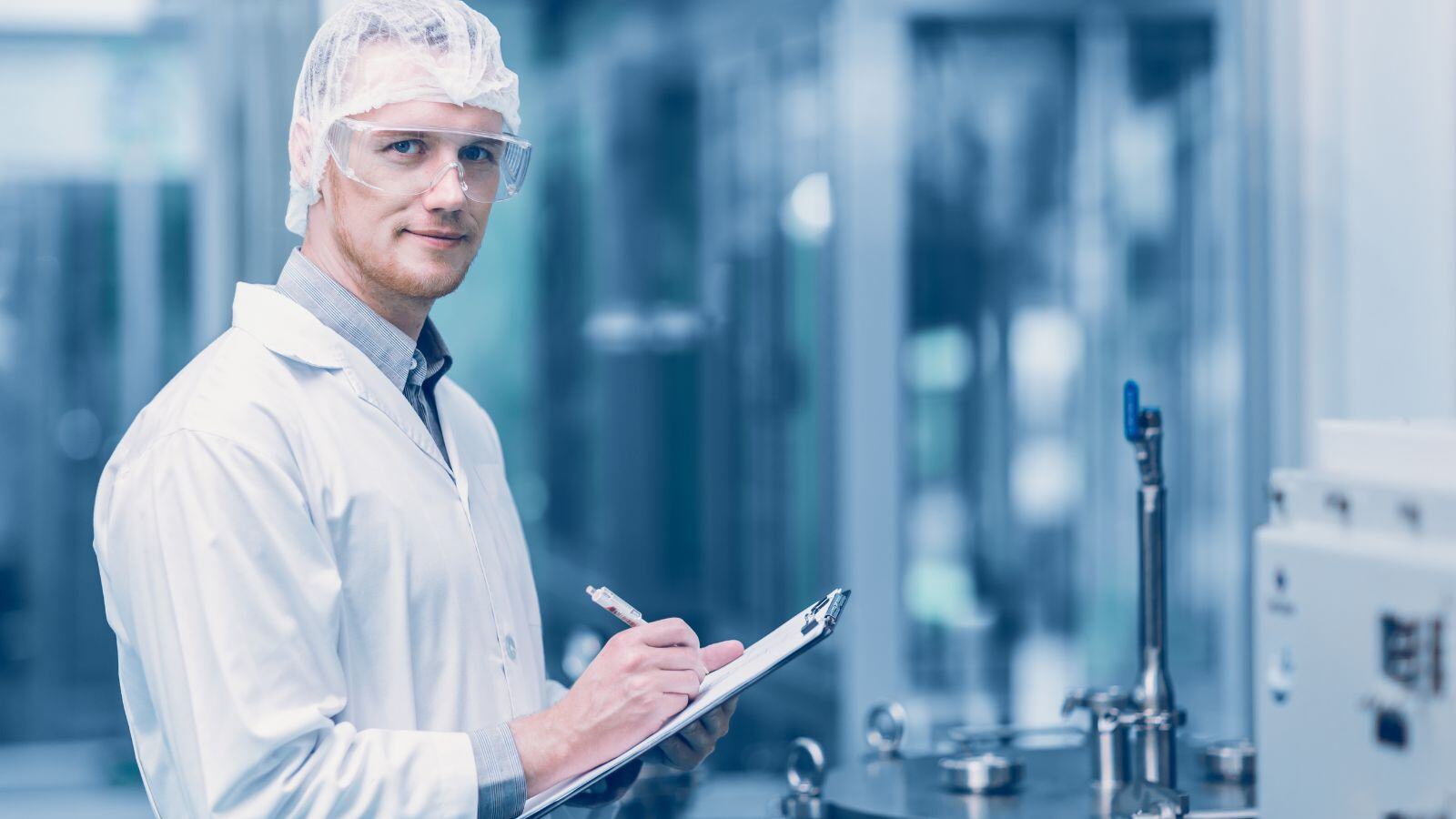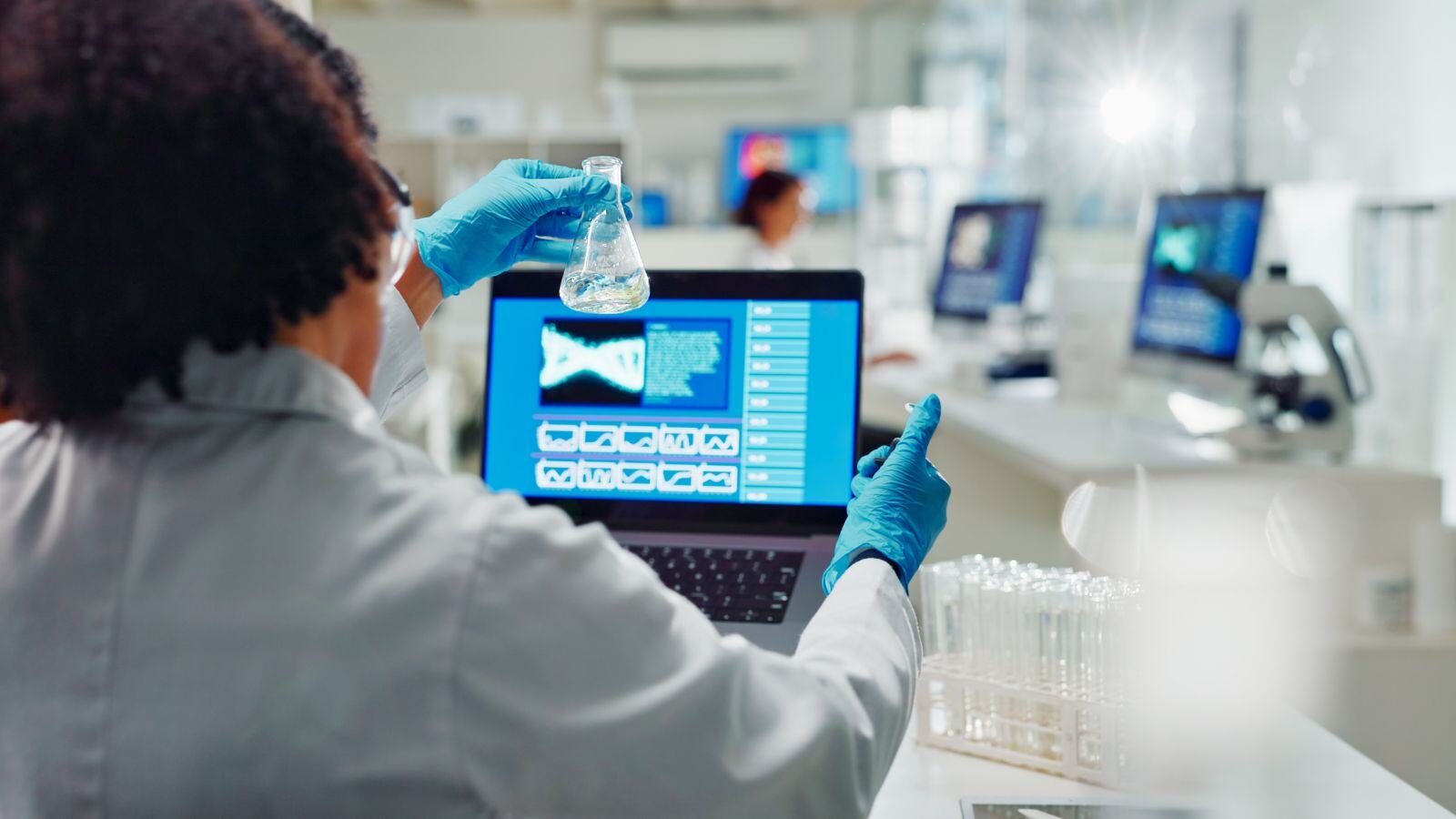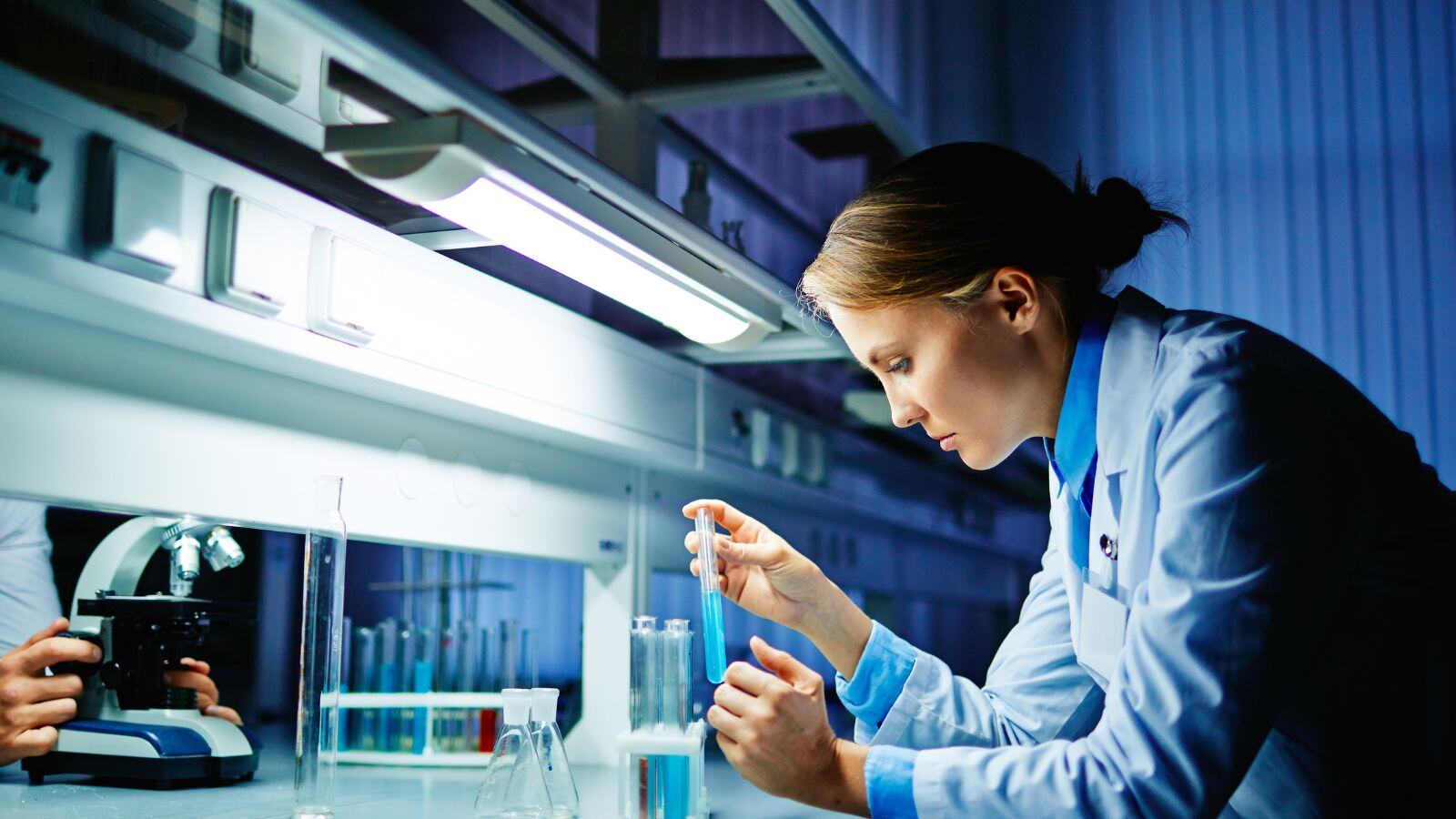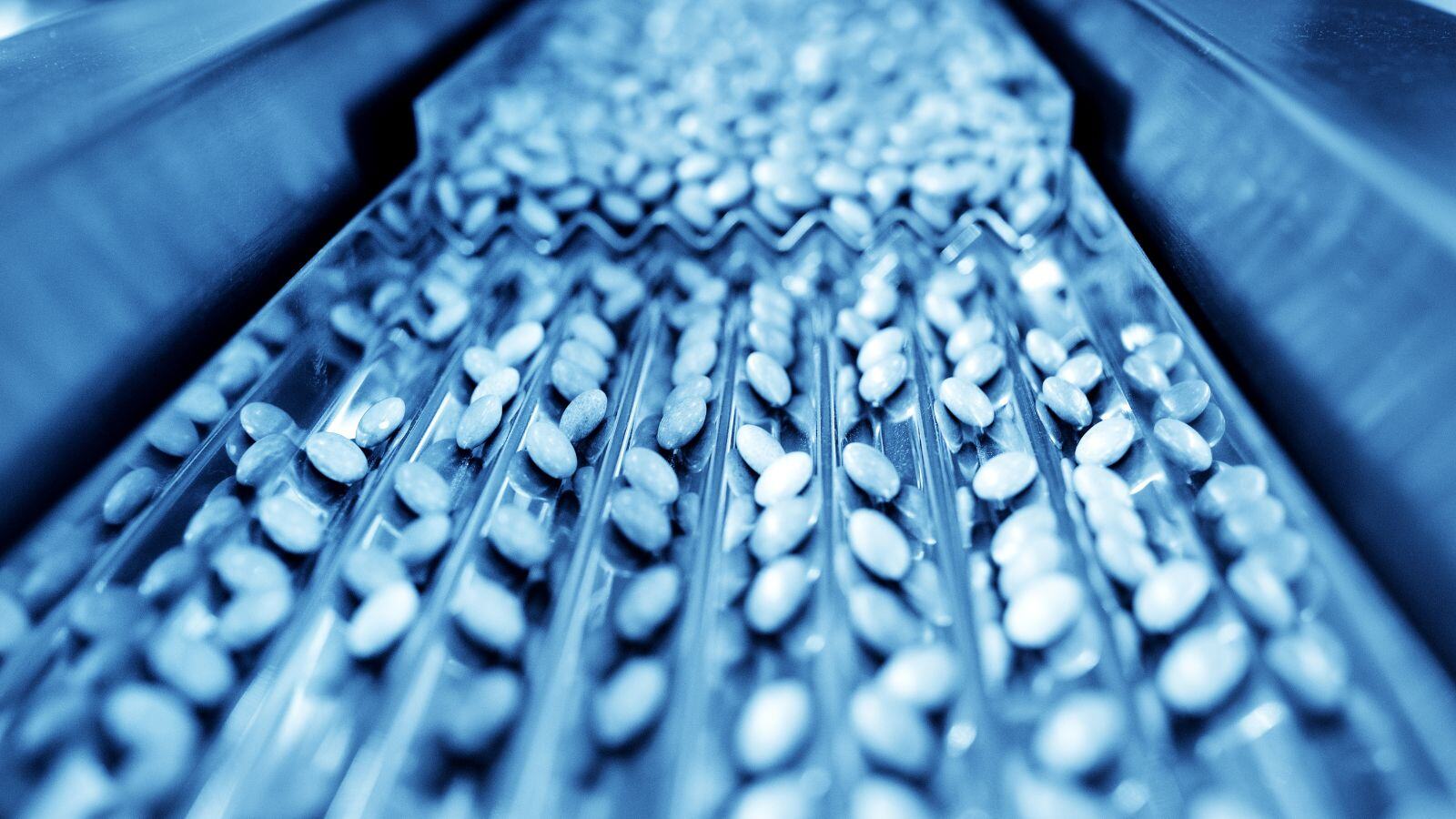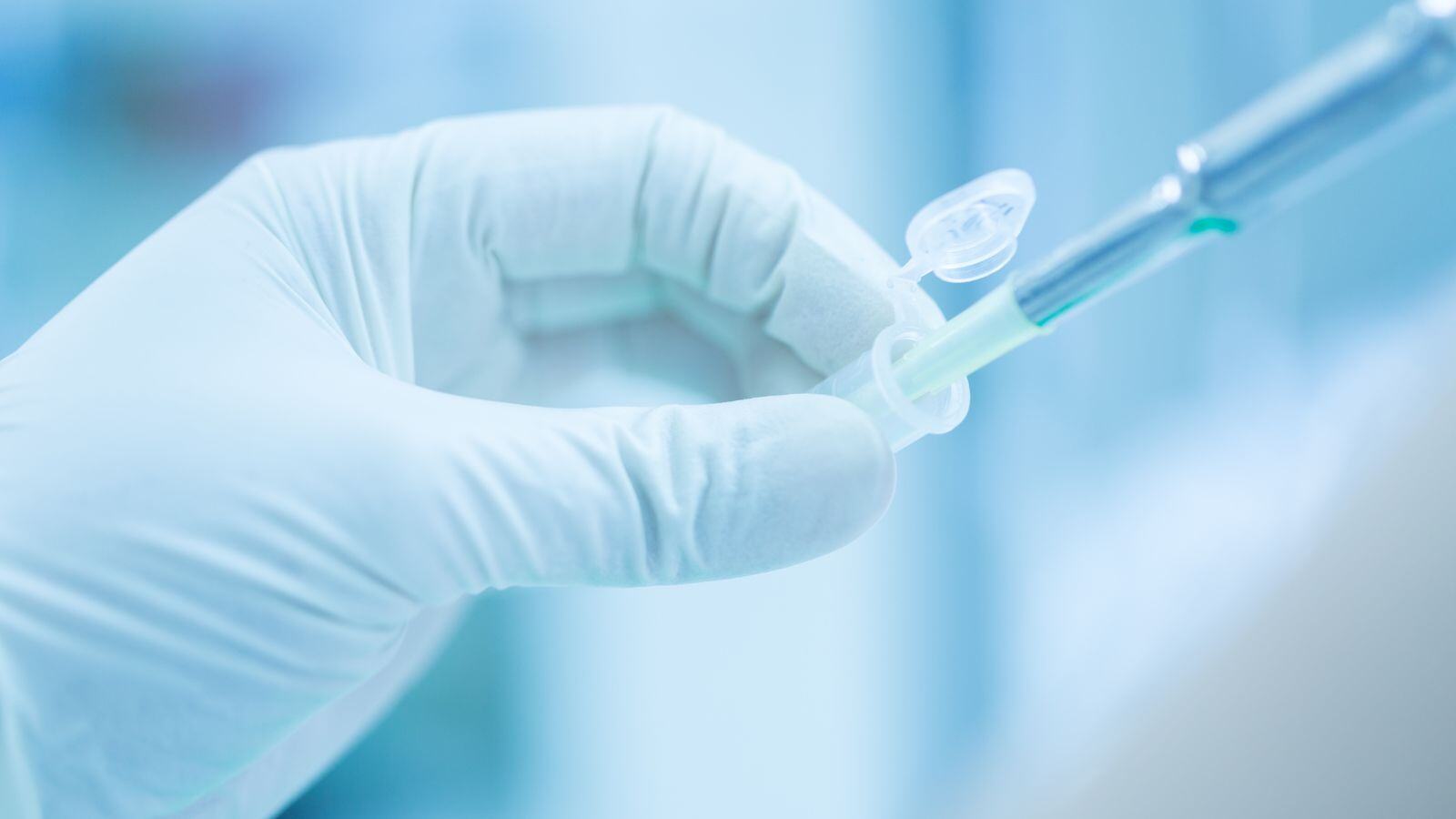The introduction of a new product into your company’s portfolio may require expanding your existing laboratories or even building a new laboratory to support additional testing requirements for process controls and batch release.
When analyzing and testing products produced in a GMP environment, qualification of laboratory equipment is a mandatory aspect to comply with regulations (e.g. FDA, EMA). Laboratories need many different types of laboratory equipment to perform their basic QC activities, and therefore qualification of this equipment can seem like a daunting task.
It is best to specify a qualification strategy for the use of all types of equipment to avoid unnecessary qualification activities: a risk-based qualification approach to determine what qualification activities are required for each piece of laboratory equipment.
In this blog post, we will address a few key considerations and challenges that may arise during the qualification of your laboratory equipment.
Risk-based qualification of simple laboratory equipment
The required qualification effort depends on the complexity of the laboratory equipment. “Simple” laboratory equipment (e.g., vortex, water bath) might only need installation and calibration.
In this case, a User Specification Requirement (URS) might not be necessary since it is simple off-the-shelve equipment. (The User Requirement Specification (URS) documents all user-specific requirements for the equipment.)
Risk-based qualification of complex laboratory equipment
On the other hand, complex lab equipment (e.g., HPLC, plate reader, plate washer), which uses firmware and/or software, likely needs a full qualification including URS and Installation, Operation, and Performance qualification (IOPQ).
Because this type of equipment is a computerized system, it is recommended that the ISPE GAMP 5 guideline be used for the qualification of the software, as the complexity of the software can make qualification and compliance with regulatory requirements challenging.
Also, when using firmware and/or software, data integrity must be assessed in compliance with, for example, EMA Eudralex Volume 4 Annex 11 and FDA 21 CFR part 11.
Using the (right) Pharmacopeia
After determining an appropriate qualification approach, it is important to consider the various requirements in the pharmacopeia. The pharmacopeia describe:
- qualitative and quantitative composition of medicines
- the tests to be carried out on medicines
- the raw materials used in the production of medicines
- the intermediates of synthesis
As mentioned, the User Requirement Specification (URS) documents all user-specific requirements for the equipment. This includes installation, operation and performance requirements, as well as documentation requirements (e.g., Standard Operating Procedures, Work Instructions). As part of the qualification, pharmacopeia requirements must be listed in the URS.
Depending on the exporting country, different pharmacopeias may apply to laboratory equipment. The different pharmacopeias that may apply are (not an exhaustive list):
For example, the test requirements for pH measurements are described in USP <791> and Ph. Eur. 2.2.3. This means that these requirements must be taken into account when qualifying a pH meter and demonstrated during qualification.
Conclusion
When introducing new laboratory equipment for analytical testing of GMP products, qualification is mandatory to comply with various regulations (e.g. FDA, EMA). To avoid unnecessary qualification of simple laboratory equipment, a risk-based qualification approach should be followed.
When qualifying computerized lab equipment, ISPE GAMP 5 might be a good guideline to follow since complex firmware and/or software needs to be qualified. Also, a data integrity assessment should be performed to comply with EMA Eudralex Volume 4 Annex 11 and FDA 21 CFR part 11.
Certain analytical tests must meet different pharmacopeia requirements depending on the export area (e.g., Europe, the U.S., Japan, and China). These requirements must be taken into account when qualifying laboratory equipment.
New to qualifying laboratory equipment? Or do you need advice? Our experts will be happy to help you with the best validation program in accordance with your available resources. Please do not hesitate to contact us if you have any questions.







.png?width=109&height=108&name=Pharma%20(2).png)
.png?width=111&height=108&name=Medical%20Devices%20(2).png)
.png?width=84&height=107&name=IVD%20(2).png)


.png)



